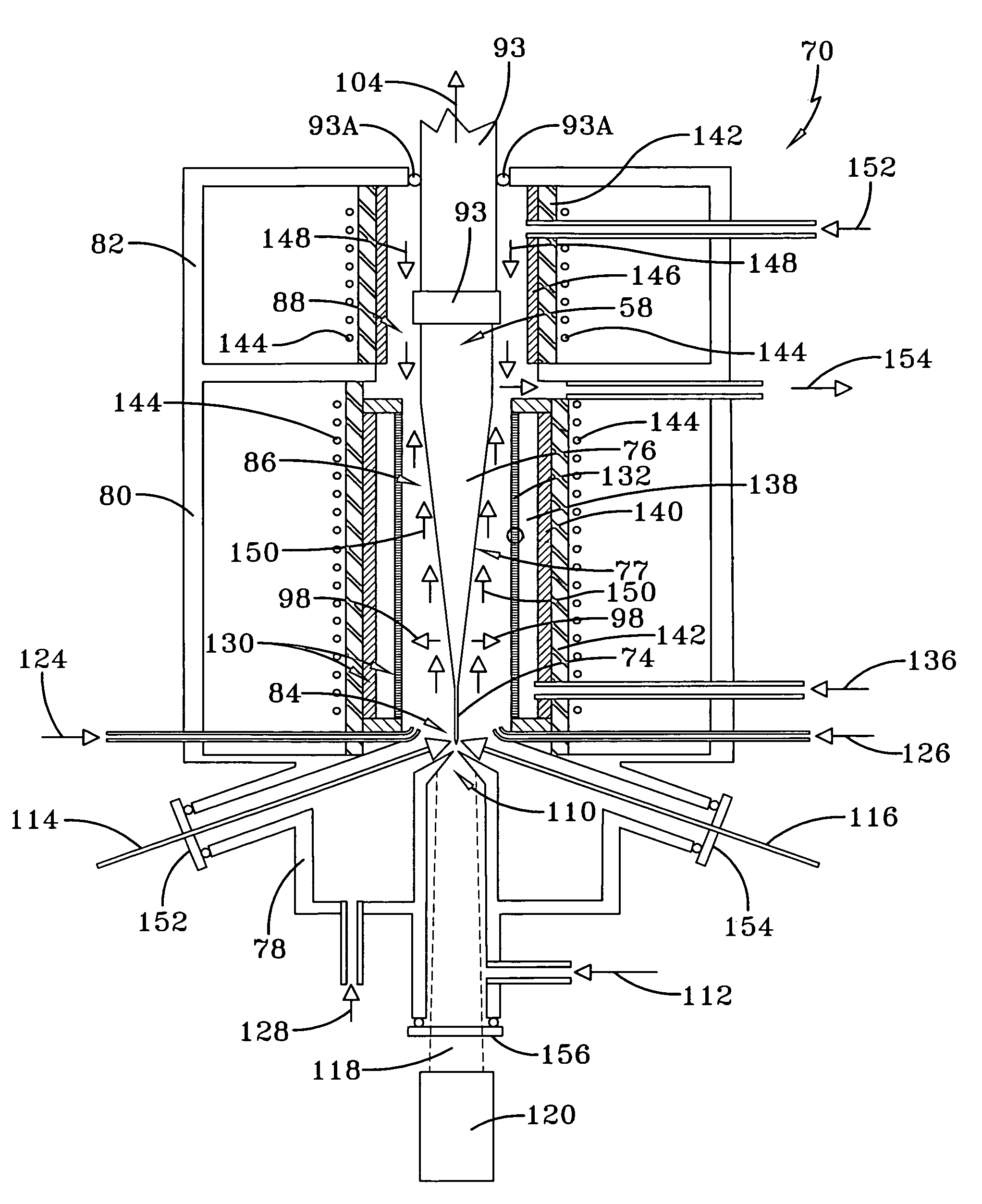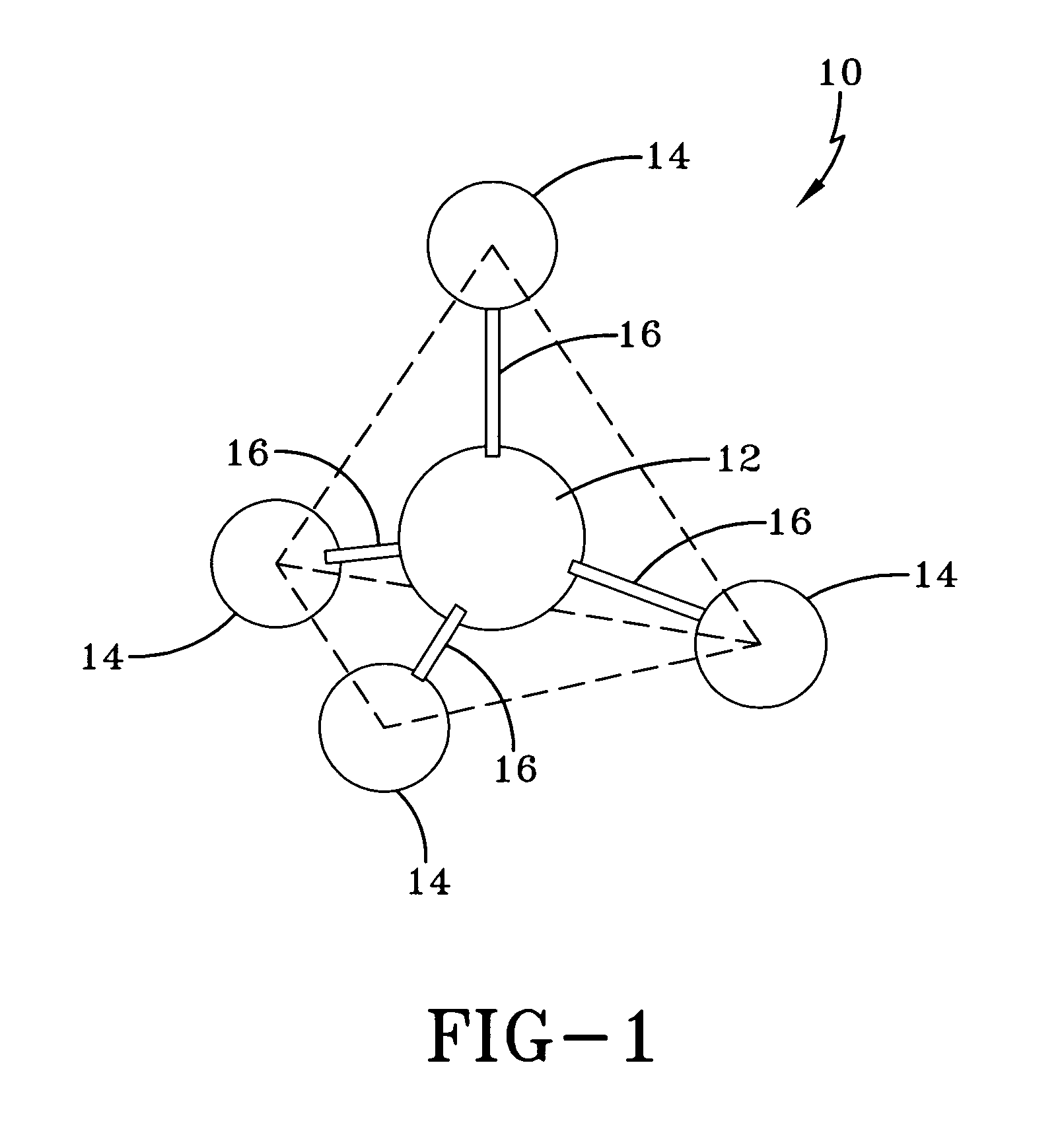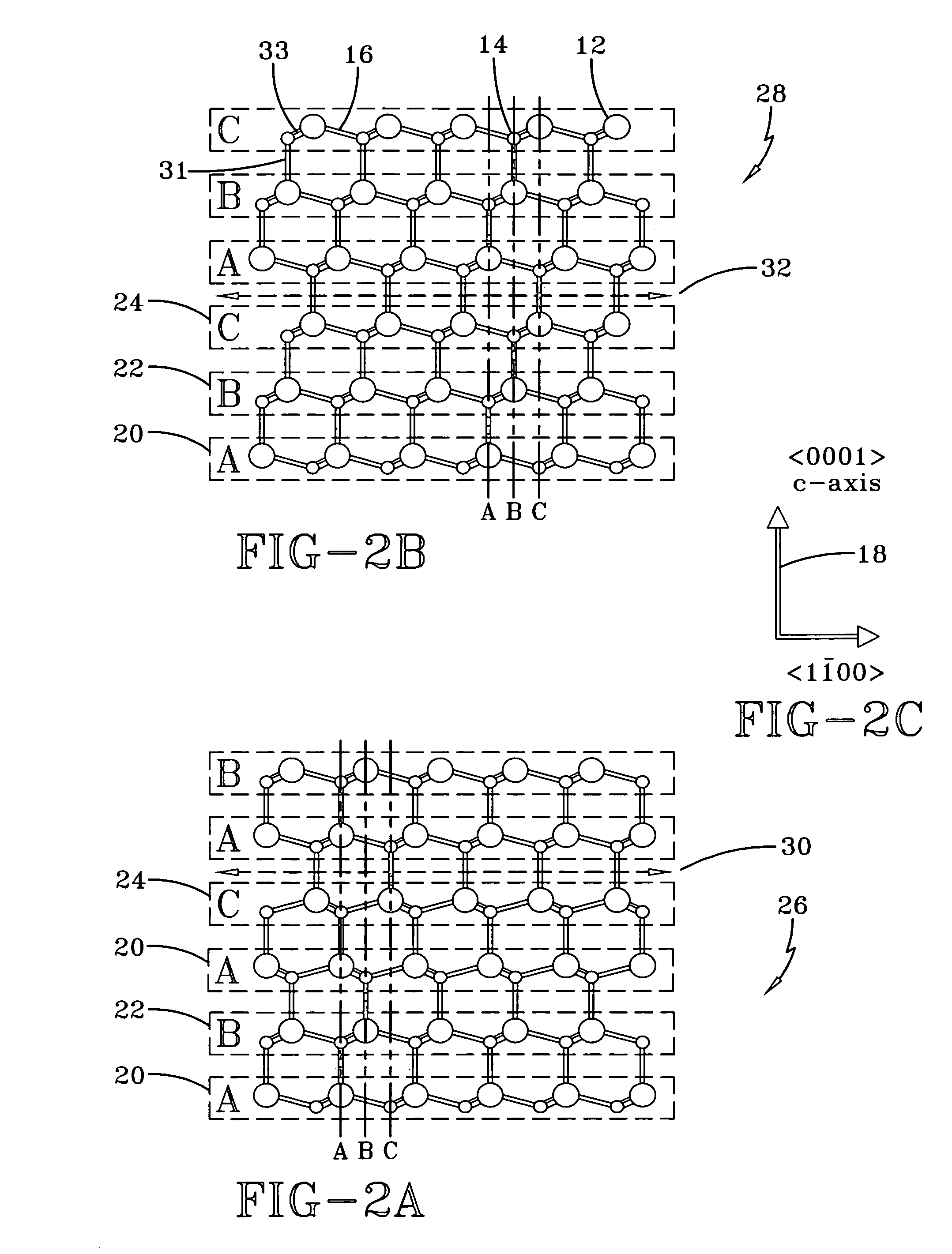Method for the growth of large low-defect single crystals
a single crystal, widebandgap technology, applied in the direction of single crystal growth, polycrystalline material growth, condensed vapor growth, etc., can solve the problems of high dislocation density of the resulting wafer, high cost, and high cost, so as to reduce unwanted deposition and reduce cost , greatly enhance performance and reliability
- Summary
- Abstract
- Description
- Claims
- Application Information
AI Technical Summary
Benefits of technology
Problems solved by technology
Method used
Image
Examples
Embodiment Construction
[0082]In general, the present invention provides methods, growth reactors, and the beneficial products resulting therefrom for the crystal growth of large, low-defect tetrahedrally-bonded single crystals. The inventive process utilizes a large tapered crystal seed, herein referred to as an LTC seed, that has a defined central axis parallel to a preferred crystal direction, a base having a center and opposite upper and lower portions and with the base's upper portion attached to a holder, a tapered portion that extends downward along the central axis from the lowermost portion of the base, a columnar portion having a center and that extends downward from the lowermost portion of the tapered portion along the central axis of the LTC seed, with a defined diameter of the columnar portion smaller than a defined diameter of the base, and with lowermost end of the columnar portion defined to be the tip portion of the LTC seed, and with the central axis of the LTC seed defined to pass throu...
PUM
 Login to View More
Login to View More Abstract
Description
Claims
Application Information
 Login to View More
Login to View More - R&D
- Intellectual Property
- Life Sciences
- Materials
- Tech Scout
- Unparalleled Data Quality
- Higher Quality Content
- 60% Fewer Hallucinations
Browse by: Latest US Patents, China's latest patents, Technical Efficacy Thesaurus, Application Domain, Technology Topic, Popular Technical Reports.
© 2025 PatSnap. All rights reserved.Legal|Privacy policy|Modern Slavery Act Transparency Statement|Sitemap|About US| Contact US: help@patsnap.com



